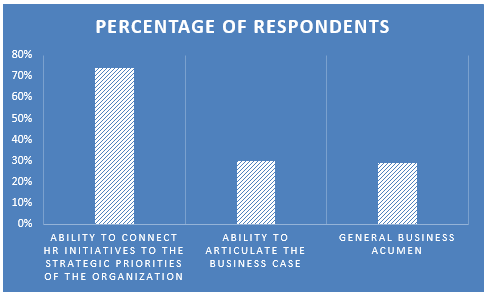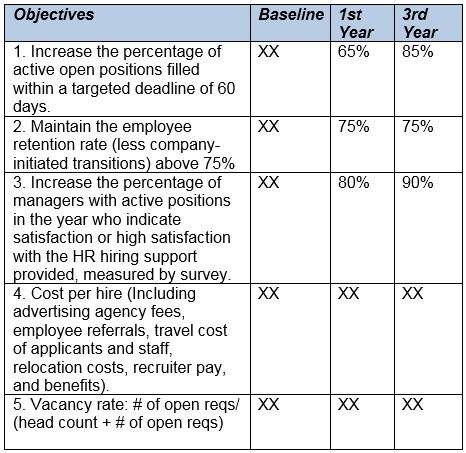There’s great interest in scorecards and dashboards, but how do you get started? Jayson Saba, Vice President of Market Strategy, Ceridian HCM, offered his tips at the Society for Human Resource Management’s (SHRM) Talent Management Conference, held recently in San Diego.
 |
What’s the Difference Between a Scorecard and a Dashboard?
A scorecard, says Saba, is a measurement tool of how well an entity is doing. It comprises several key performance indicators (KPIs) and metrics, and it often includes more than one area. A scorecard will have some targets. A dashboard is a monitoring tool that shows how a company is performing relative to a KPI/metric at any given time.
Meanwhile, he says, an HR dashboard provides high-level, real-time data related to the most critical measures of HR success. This is done in a visual fashion, similar to the dashboard on a car. Dashboards allow managers to examine information in greater levels of specificity, which can help to quickly identify and focus on potential problem areas. By linking the data on the dashboard to the key organizational metrics, managers can more effectively see the ties between HR outcomes and corporate goals. (SHRM Foundation “Transforming HR Through Technology,” Johnson, Gueutal)
Nevertheless, says Saba, in every HR organization from the CHRO level down, the terms “scorecard” and “dashboard” have been used interchangeably.
Recruiting via social media has seen double-digit growth—ensure you don’t get left behind! Read the free best practices report from iCIMS®, Scaling Up Social Recruiting: Three Steps to Successful Social Media Recruitment. Download Here.
Critical HR Skills
The dashboard helps HR managers to demonstrate what they contribute. Saba suggests that this is one of the most critical skills for future HR leaders:

HCM Trends 2014, Aberdeen Group, January 2014
Impact of Workforce Scorecards or Dashboards
Organizations using scorecards are twice as likely to indicate that the human capital management strategy is fully aligned with the business strategy.
Case Study: Childhood Education Company
Saba offers a case study showing what dashboard data would be appropriate for an organization.
The facts:
- Provider of Head Start/Early Head Start and other comprehensive early child programs
- Serves almost 4,000 young children and families around the country every day.
The challenges
- Extreme growth
- Manual workflows not scalable
- Disparate processes
The charge:
- Helps me show the CEO what I am doing
Make your company brand go viral—and boost your talent acquisition. Download the free best practices report, Scaling Up Social Recruiting: Three Steps to Successful Social Media Recruitment. Learn More.
Five-Part Scorecard
Saba recommends a five-part scorecard for this organization:
- Talent acquisition
- Talent development
- Performance management
- Culture
- HR service delivery
1. Talent Acquisition
Here is a partially filled in chart (you don’t have to fill in every block at first, Saba says).

In tomorrow’s Advisor, the rest of the dashboard elements, plus an introduction to the free best practices report from iCIMS®, Scaling Up Social Recruiting: Three Steps to Successful Social Media Recruitment.
